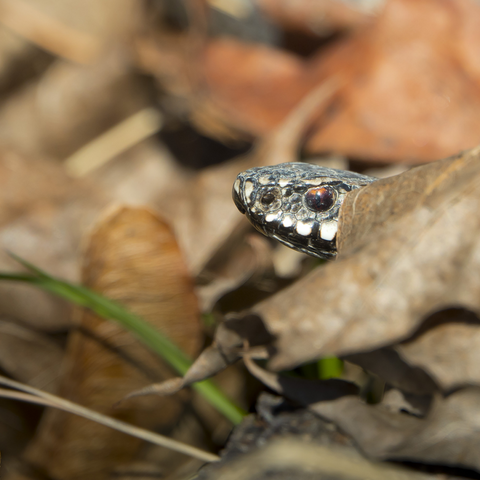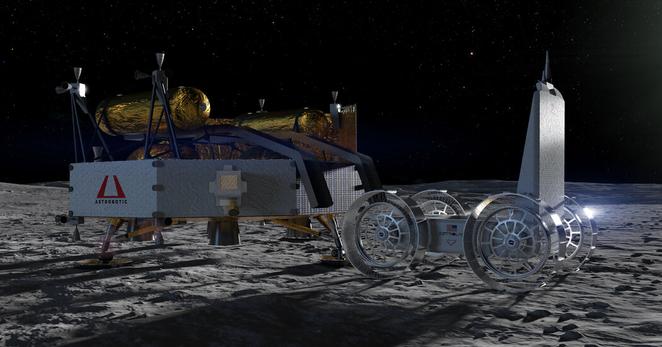Scientists slam ‘indefensible’ axing of agency's $450m Viper moon rover
Thousands of scientists have protested to the US Congress
over the “unprecedented and indefensible” decision by Nasa to
cancel its #Viper #lunar #rover mission.
In an open letter to Capitol Hill, they have denounced the move,
which was revealed last month,
and heavily criticised the space agency over a decision that has shocked astronomers and astrophysicists across the globe.
The car-sized rover  has already been constructed at a cost of $450m
has already been constructed at a cost of $450m 
and was scheduled to be sent to the moon next year,
when it would have used a one-metre drill to prospect for
 #ice below the lunar surface
#ice below the lunar surface 
in soil at the moon’s #south #pole.
Ice is considered to be vital to plans to build a #lunar #colony,
not just to supply astronauts with #water
but also to provide them with #hydrogen and #oxygen that could be used as fuels.
As a result, prospecting for sources was rated a priority for lunar exploration,
which is scheduled to be ramped up in the next few years with the aim of establishing a #permanent #human #presence on the moon.
Construction of Viper
– volatiles investigating polar exploration rover
– began several years ago,
and the highly complex robot vehicle was virtually complete
when Nasa announced on 17 July that it had decided to kill it off.
The agency said the move was needed because of past cost increases, delays to launch dates
and the risks of future cost growth.
However, the claim has been dismissed by astonished and infuriated scientists
who say the rover would have played a vital role in opening up the moon to human #colonisation.
“Quite frankly, the agency’s decision beggars belief,” said Prof Clive Neal, a lunar scientist at the University of Notre Dame, in Indiana.
“Viper is a fundamental mission on so many fronts and  its cancellation basically undermines Nasa’s entire lunar exploration programme for the next decade.
its cancellation basically undermines Nasa’s entire lunar exploration programme for the next decade. 
It is as straightforward as that.
Cancelling Viper makes no sense whatsoever.”
This view was backed by Ben Fernando of Johns Hopkins University, who was one of the organisers of the open letter to Congress.
“A team of 500 people dedicated years of their careers to construct Viper and now it has been cancelled for no good reason whatsoever,” he told the Observer last week.
“Fortunately I think #Congress is taking this issue very seriously and they have the power to tell Nasa that it has to go ahead with the project. Hopefully they will intervene.”
https://www.theguardian.com/science/article/2024/aug/10/scientists-slam-indefensible-axing-of-nasas-450m-viper-moon-rover?CMP=Share_iOSApp_Other












